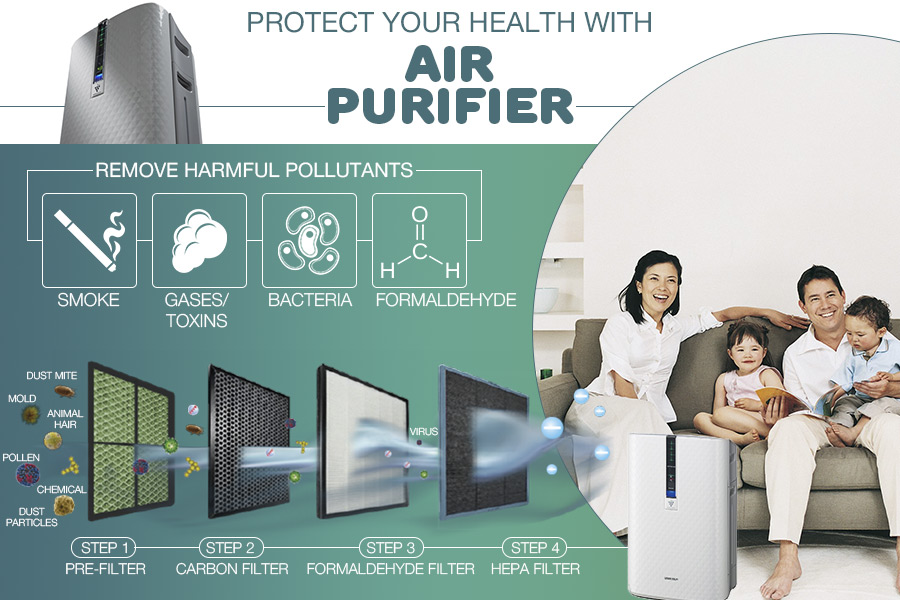The Ultimate Guide To Comprehending Heat Pumps - How Do They Work?
The Ultimate Guide To Comprehending Heat Pumps - How Do They Work?
Blog Article
Authored By-Roy Hanna
The most effective heat pumps can conserve you considerable quantities of money on power costs. click for more info can likewise help reduce greenhouse gas emissions, particularly if you make use of power in place of fossil fuels like lp and home heating oil or electric-resistance furnaces.
Heat pumps function very much the like air conditioners do. This makes them a feasible alternative to traditional electrical home heating unit.
Just how They Function
Heatpump cool down homes in the summer and, with a little assistance from electrical energy or natural gas, they supply several of your home's heating in the wintertime. They're a good alternative for people that intend to lower their use of fossil fuels but aren't all set to replace their existing furnace and a/c system.
They rely upon the physical truth that even in air that seems too cold, there's still energy existing: cozy air is always moving, and it wishes to relocate into cooler, lower-pressure environments like your home.
The majority of ENERGY STAR accredited heat pumps operate at near their heating or cooling capacity throughout the majority of the year, lessening on/off cycling and conserving power. For the best efficiency, focus on systems with a high SEER and HSPF score.
The Compressor
The heart of the heat pump is the compressor, which is likewise referred to as an air compressor. This mechanical streaming device utilizes possible power from power creation to boost the pressure of a gas by lowering its quantity. It is different from a pump in that it only works with gases and can not deal with fluids, as pumps do.
Climatic air gets in the compressor with an inlet valve. It circumnavigates vane-mounted arms with self-adjusting size that divide the inside of the compressor, developing several cavities of differing dimension. The blades's spin pressures these cavities to move in and out of stage with each other, compressing the air.
The compressor reels in the low-temperature, high-pressure refrigerant vapor from the evaporator and compresses it into the hot, pressurized state of a gas. This process is duplicated as needed to provide heating or cooling as required. The compressor also has a desuperheater coil that reuses the waste heat and includes superheat to the refrigerant, altering it from its liquid to vapor state.
The Evaporator
The evaporator in heatpump does the exact same point as it does in refrigerators and a/c, changing fluid refrigerant into a gaseous vapor that gets rid of warmth from the space. Heatpump systems would certainly not function without this vital tool.
This part of the system is located inside your home or building in an indoor air trainer, which can be either a ducted or ductless system. linked web site has an evaporator coil and the compressor that compresses the low-pressure vapor from the evaporator to high pressure gas.
https://dominickcozkw.win-blog.com/9338800/5-signs-it-s-time-to-update-your-heating-unit-to-a-heatpump soak up ambient warm from the air, and after that use electrical power to transfer that heat to a home or organization in heating setting. That makes them a whole lot extra energy efficient than electrical heating systems or heating systems, and since they're utilizing tidy power from the grid (and not shedding fuel), they likewise produce far less exhausts. That's why heatpump are such great environmental options. (As well as a huge reason they're coming to be so prominent.).
The Thermostat.
Heat pumps are wonderful alternatives for homes in cold climates, and you can utilize them in combination with conventional duct-based systems and even go ductless. They're a great alternative to nonrenewable fuel source heating unit or traditional electrical heaters, and they're extra lasting than oil, gas or nuclear cooling and heating devices.
Your thermostat is one of the most important element of your heatpump system, and it functions really differently than a traditional thermostat. All mechanical thermostats (all non-electronic ones) job by utilizing compounds that transform size with enhancing temperature level, like curled bimetallic strips or the expanding wax in a car radiator shutoff.
These strips include two various kinds of metal, and they're bolted together to create a bridge that completes an electric circuit connected to your heating and cooling system. As the strip obtains warmer, one side of the bridge expands faster than the various other, which creates it to bend and indicate that the heating system is needed. When the heat pump remains in home heating setting, the reversing shutoff turns around the flow of refrigerant, so that the outdoors coil now functions as an evaporator and the indoor cylinder becomes a condenser.